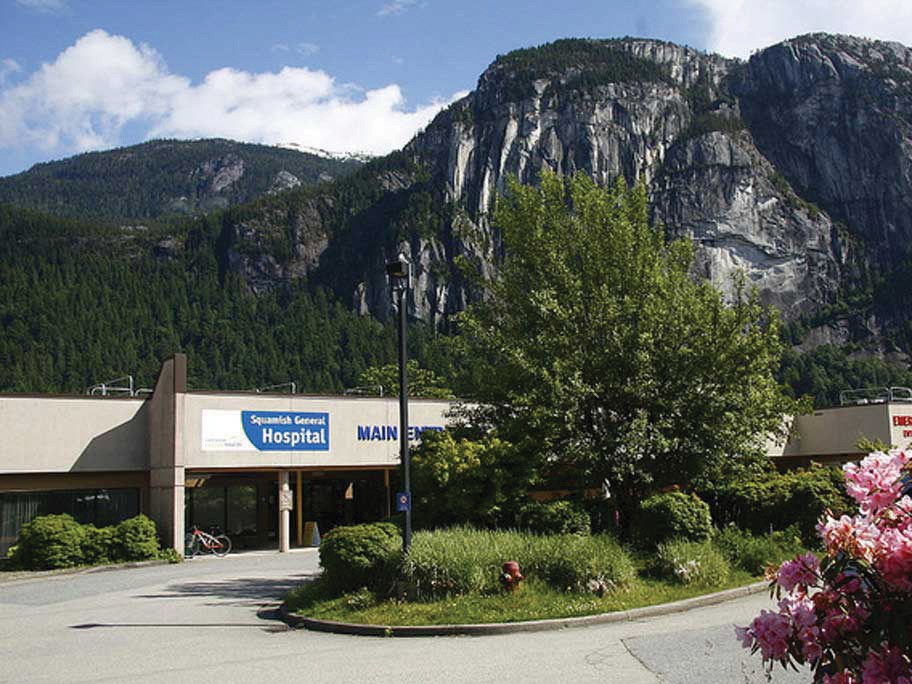The hospital district may be running an accumulated deficit of $4.47 million, but that’s OK, says a University of B.C. accounting professor who has viewed financial statements from the Sea to Sky Hospital District and the Squamish-Lillooet Regional District.
Both authorities approved their 2016 audited financial statements during their latest meetings, so The Chief asked professor Kin Lo to review the numbers and see if everything was in good order.
The figures show the hospital district has about $977,000 in assets, but more than $5.4 million in liabilities, most of which are debt payments.
However, Lo says everything looks good.
“The debt is basically fully-financed from what are called requisitions, which are taxes,” said Lo, when speaking of the hospital district’s financial situation. “There’s plenty of room in terms of how much money is coming in, in terms of tax levies to support the debt.”
While being about $4.47 million in the hole may cause some to bite their nails, the statement of operations reveals that in 2016, the authority had a revenue of about $955,700 and expenses totalling about $352,200, leaving a surplus of about $603,500 that could go toward helping offset the accumulated deficit.
Similar amounts for revenue and expenses were also tallied for 2015.
If the hospital district keeps that up, it should be well on track to paying everything off, Lo said.
“Each year, there’s actually a surplus from this and so there’s very little risk the debt will be unpaid,” he added.
Requisitions make up the lion’s share of revenue for the hospital district, totalling in at about $878,900, while interest payments make up the majority of expenses, at about $341,500.
Lo also gave a similar stamp of approval after he viewed the financial statements of the Squamish-Lillooet Regional District, the regional authority for Squamish, Lillooet, Whistler and Pemberton.
The regional district has an accumulated surplus, he said, which is normal and healthy for such an organization.
An accumulated surplus means that over the entire span of its lifetime, an organization’s value, in terms of its cash, buildings and other assets, outweighs things that would cost it money.
When prompted for what amount of debt would constitute a red flag, Lo said that there is no solid number that would automatically put the regional district in the danger zone.
“Understanding where the money comes from and where it’s going – that’s the more important question, as opposed to what the government has or owes,” he said.
However, he said taxpayers ought to be worried if a regional district’s accumulated surplus gives way to accumulated deficit, because that would mean that even if the government sold off all its assets – including infrastructure and buildings – it wouldn’t be enough to pay off creditors.
This, however, is not the case the Squamish-Lillooet Regional District, as it has an accumulated surplus of about $38.4 million.
Its biggest financial asset is about $47.8 million in financial agreements from member municipalities.
Combined with investments and capital assets such as infrastructure, this helps the regional district more than offset its $54.8 million in long term debt.
The biggest source of revenue for the regional district in 2016 was requisitions, which made up about $6.2 million, followed by $5.9 million collected from municipalities to pay off debts.
Aside from debt payments, the biggest expense for the regional district in 2016 was about $3.2 million for “recreation, cultural, television and library” costs. After that was about $2.8 million for general government services, followed by $1.3 million for environmental health.
The regional district’s revenue exceeded its operating costs by about $113,900 that year.
In 2015, the regional district ran a deficit of $19,100, putting a small dent in the accumulated surplus from previous years.



